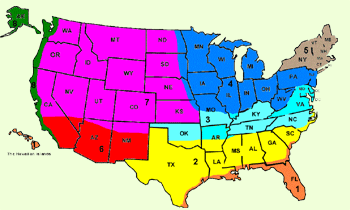Moving into a new home? Have a damaged lawn? Here are a few tips to restoring your lawn.
Clean it up!
Removing all your weed and brush buildup will improve the quality of appearance and help your lawn grow to it’s full potential.
The best time to clear weeds and brush is the spring or fall, when your lawn is thriving. This allows for the lawn to recover quickly and look its best. In preparation for your clean up, mow the entire lawn. Short grass will make de-weeding and surface preparation easier. It will also improve seed germination rates because more seed will make contact with the soil and seedlings will have greater exposure to the sun.
Take care of depressions and holes
Depressions in your lawn can be caused by poor grading, uneven settling, or the decomposition of buried tree stumps, logs, or roots. Mark any irregularities with a flag or stick so you can find them easily when you are ready to level them.
To level small bumps, raise the sod with a sharp spade and remove the necessary amount of soil beneath it. Cut out at least a 2 by 2-foot section of sod. If you lift smaller patches of sod, they will likely dry out and die. While the soil base is exposed, mix in some compost and fertilizer. Watersoak the area using a hose and press the sod back into place. Keep the area watered to prevent lawn brownout.
Fertilization
Apply the fertilizer recommended by the results of your soil. Use a slow-release fertilizer, putting down more fertilizer than necessary will damage your lawn. The excess fertilizer may eventually pollute waterways. If you did not test your soil, apply a slow-release fertilizer with an Nitrogen-Phosphorus-Potassium ratio of 3-1-2. Apply about 1/2 pound of nitrogen per 1,000 square feet of lawn.
Microbes and Organic Material
Microbes digest grass clippings, dead grass roots, and stems, providing nutrients your grass. A topdressing of compost mixed with topsoil will add organic matter into the soil without hurting the lawn. Be sure to aerate your lawn after your application. Topsoil and compost can be found at your local nurseries and landscape centers.
These tips should help you on your path to a beautiful lawn! If you don’t have the time, we would be happy to help. Give us a call at (775) 686-0123.


